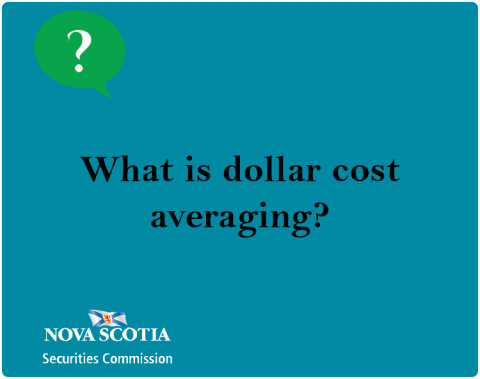Submitted by nsscadmin on

Dollar cost averaging is an investment strategy where an investor divides the total amount to be invested over periodic purchases at specific times. This strategy is an attempt to reduce the risk and impact of volatility and avoids trying to time the market. The investor’s purchases take place at regular intervals no matter the asset’s price.
Here is an example of how dollar cost averaging might work: John’s salary is $52,000 a year after taxes and deductions. He is paid every two weeks and his pay cheque is $2,000. John would like to invest 10 percent of his net salary per year in a mutual fund. Over the entire year this would be $5,200. Instead of investing this lump sum John intends to invest 10 percent of each pay cheque throughout the year. He sets this up so that his investment purchase is made automatically every time he gets paid. The investment will be made no matter the price of the fund as he is able to make fractional investments.
Dollar cost averaging is considered to be a long-term investment strategy. Some investors use this strategy because it takes all emotional decisions out of investing. The investor is not worried about buying low and selling high and is not worried about getting in or out of the market at “the right time”.
The Nova Scotia Securities Commission does not provide investment advice. We are not advising or recommending the use of dollar cost averaging. This post is simply to educate investors on this strategy so they can be an informed investor when working with their adviser and making investment decisions.
